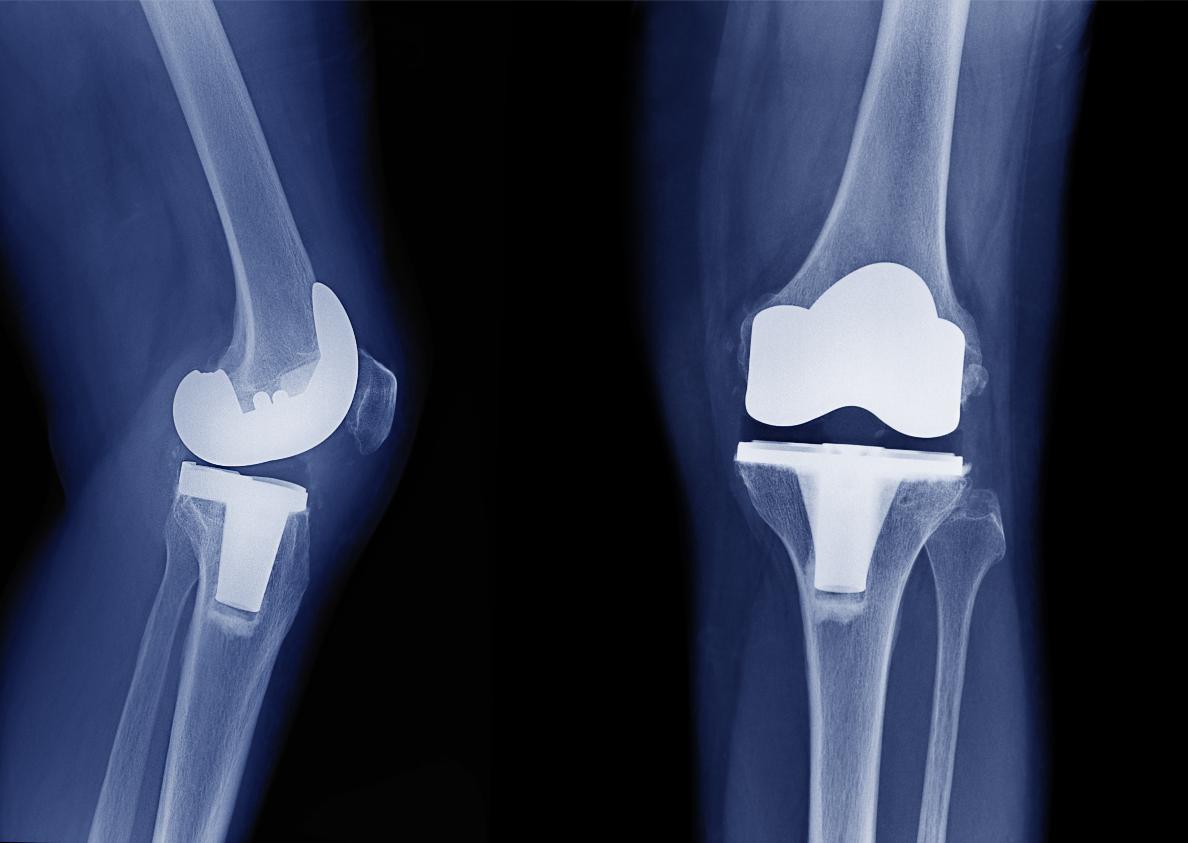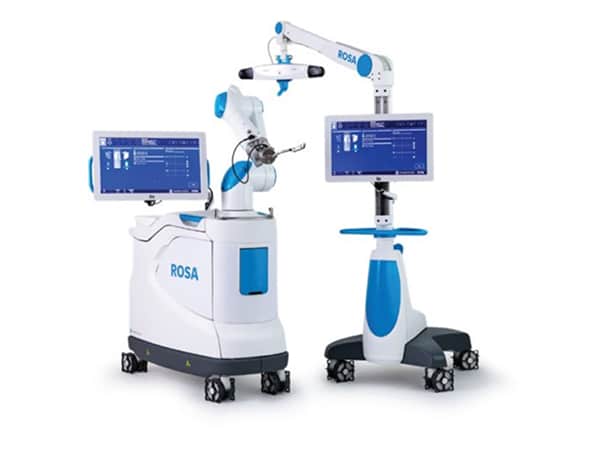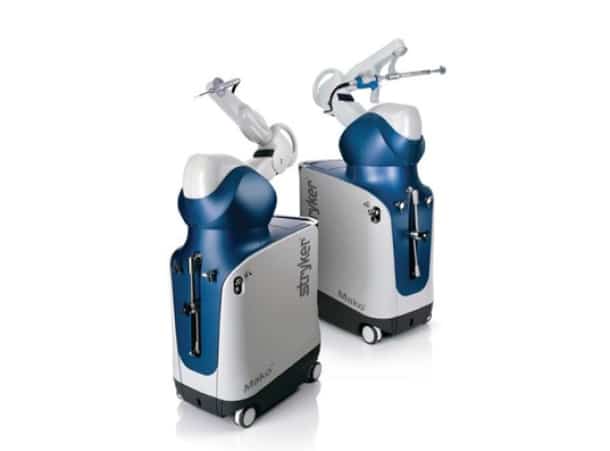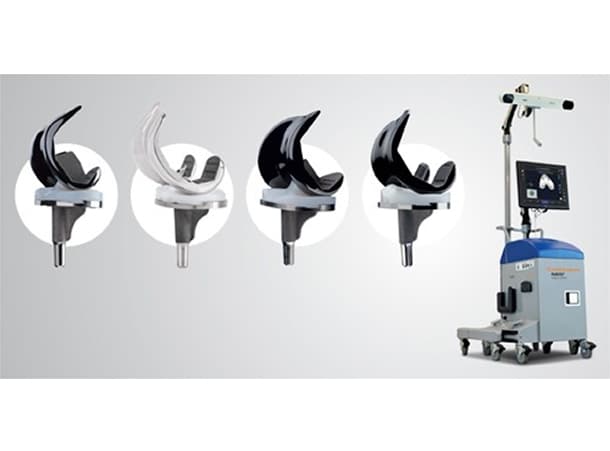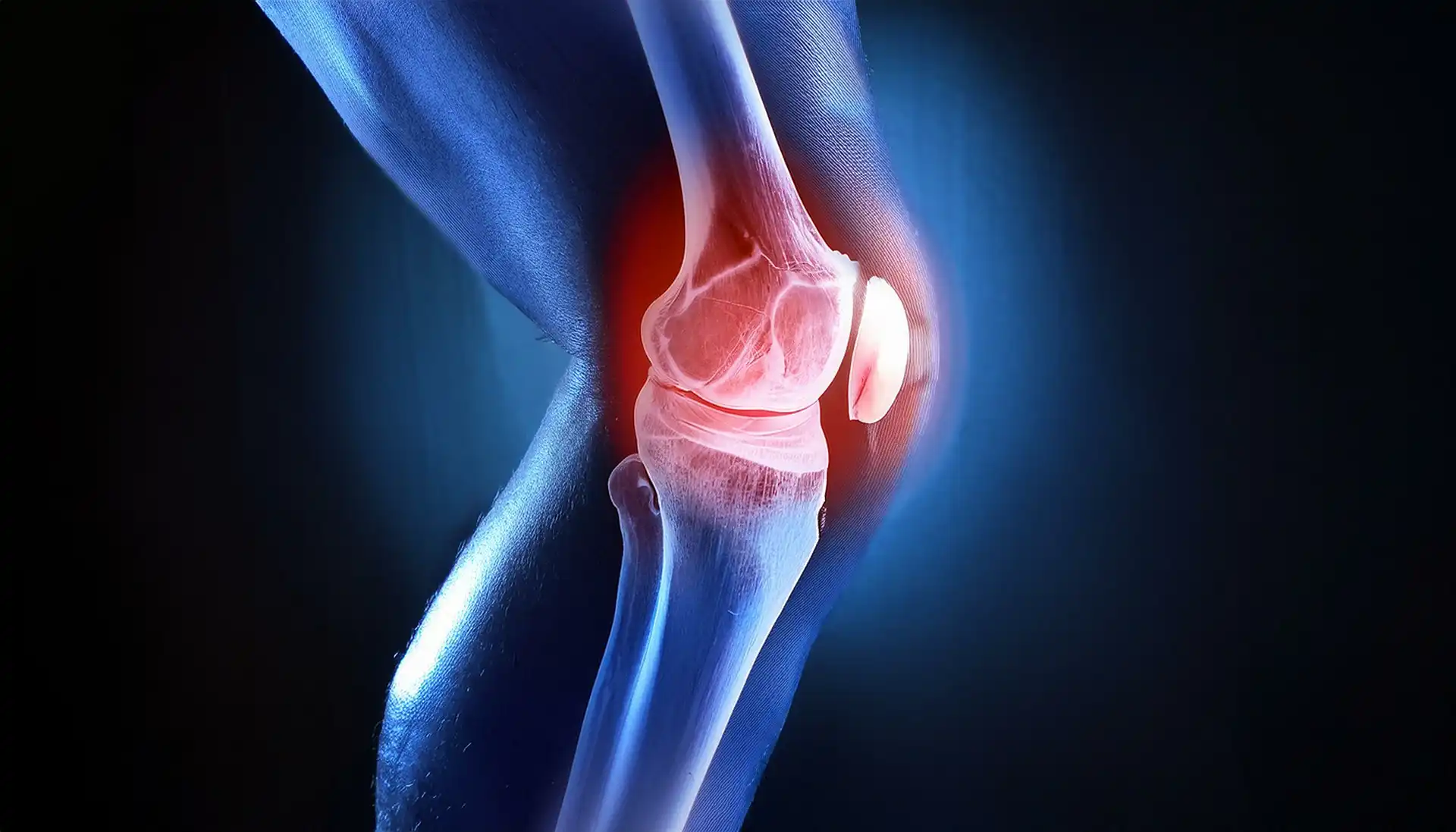Your surgeon will use a robotic surgical arm to carry out selected parts of the procedure, especially those requiring high precision and fine movements. The robot assists the surgeon in making extremely precise cuts in your bone, helps to verify that your implants are inserted at the correct position with the best fit to your knee, and ensures that your knee is stable and optimally aligned (“straight”).

